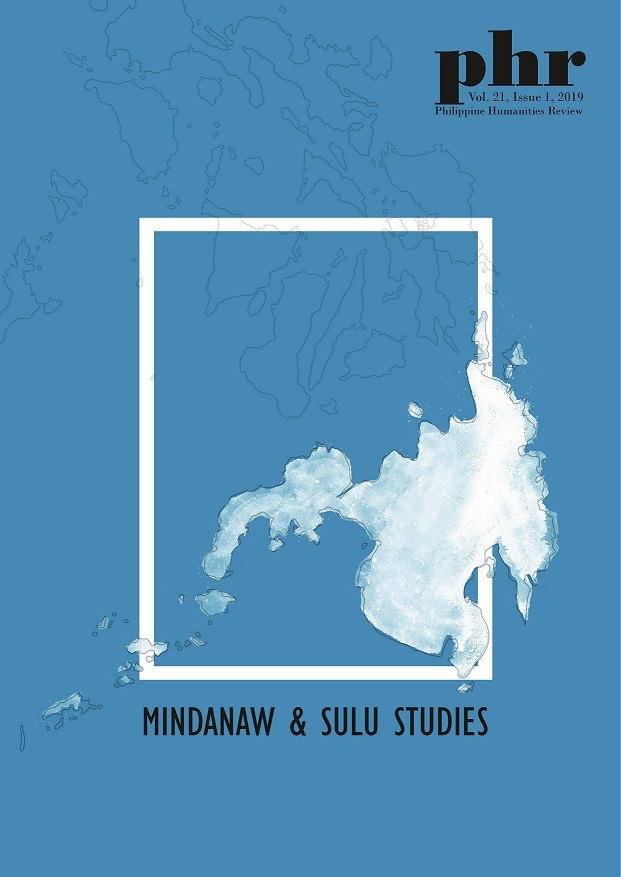The Dance Description of the Ata Manobo Dances in Talaingod, Davao del Norte
Abstract
This paper aims to document and support the indigenous dances of the Ata Manobo in Talaingod, Davao del Norte. It provides essential data on the dances of the Ata Manobo, the cultural characteristics of the dancing movements, and the preliminary dance description analysis. The researcher immersed in the community to document their eight dances. She conducted key informant interviews, focus group discussions, and direct participant observation. In analyzing different dance movements of the Manobo, the researcher used the technique of Labanotation. Labanotation or Kinetography Laban is a notation system for recording and analyzing human movement (Guest, 2005).
The “Manobo Tribal Council” identified eight Ata Manobo dances, namely Aabaka, Bangkakow, Inamungan, Kalasag, Tagudturan, Pungko, Natarin Kulutawi, and Pungko. According to their elders, out of these eight dances, three reflect human activity in the community for harvesting, planting and manual rice grinding (Aabaka, Bangkakow, and Inamungan), one dance for survival activity or war dance (Kalasag), one dance for a social event (Tagudturan or a tribal hip-hop dance), one dance for ceremonies and rituals (Pungko). There is also an expression of mourning and sadness (Natarin), as well as a courtship dance (Kulutawi).
This research study intends to contribute to the developing frameworks in analyzing the cultures and practices of the Ata Manobo. It also proposes to become the group’s tangible dance learning material for younger and future generations that aim to keep their cultural identities.


